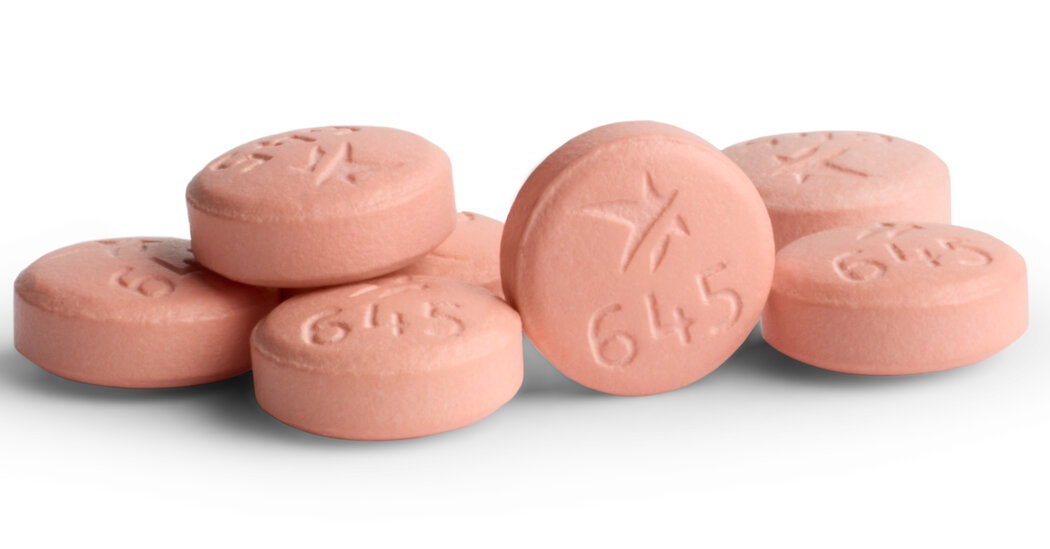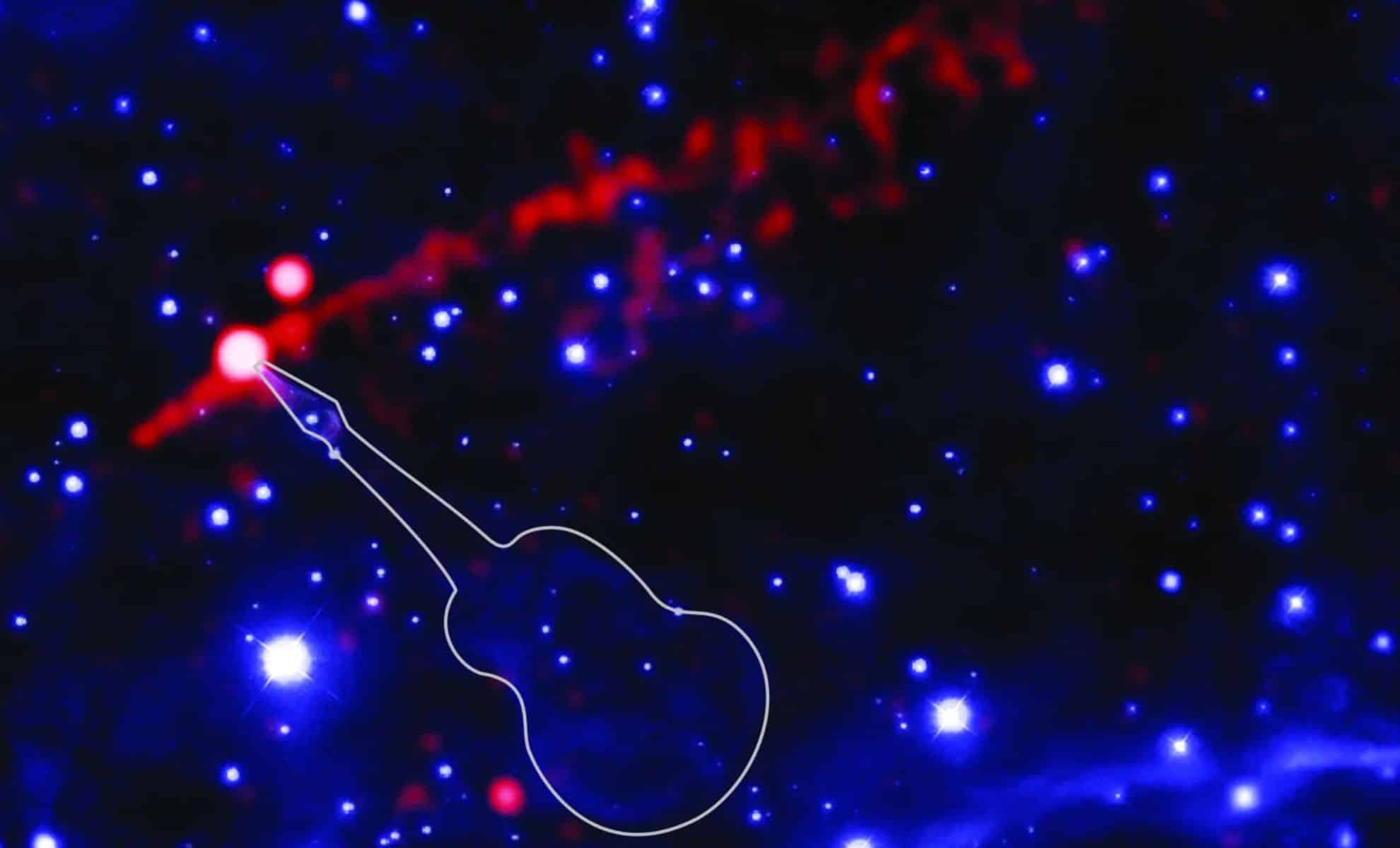Why It Matters: Lack of Side-effect-free Treatment Options
Hot flashes, which affect at least 60% of menopausal women, are a widespread complaint and can be bothersome. They can be very prolonged, frequent, and interfere with the women’s ability to perform daily tasks comfortably, leading to a lower quality of life.
Although hormonal therapies, like estrogen and progestin, were conventionally used to alleviate these symptoms, they were associated with a risk of blood clots and strokes. Recent studies have concluded that the threat is much weaker when given to women in their 40s and 50s.
Background: Underdiagnosed and Undertreated Menopausal Symptoms
Hot flashes are the most prevalent symptoms that prompt menopausal women to seek treatment. Yet, women reporting severe symptoms are frequently dismissed at the workplace and elsewhere and are told that it’s a natural part of aging.
“It’s disruptive,” says Ms. English, “it’s unpleasant, it’s something that we used to manage silently”.
During a one-year clinical trial, the new drug demonstrated it had an acceptable safety profile and an adequate therapeutic effect to address hot flashes. Some patients experienced adverse effects, including stomach discomfort, diarrhea, and insomnia.
The FDA warned about the drug’s potential for liver injury and advised that patients with liver problems undergo lab tests before initiating treatment and get their blood analyzed for the first nine months of treatment. Patients who experience symptoms commonly linked to liver damage, such as jaundice, should seek medical attention.
What’s Next: Price Concerns
A 30-day supply of the new medication will cost patients $550, not taking rebates into account. The organization proposed a yearly price tag of $2,000–$2,600. Astellas declared that it plans to initiate a support scheme to help patients acquire their prescribed medication. Astellas, the company that developed the drug, stated that the pharmaceutical would be available in drug stores, three weeks after the FDA announced its approval.












